Reaction of benzene with Me3CCOCl in the presence of anhydrous AlCl3 gives
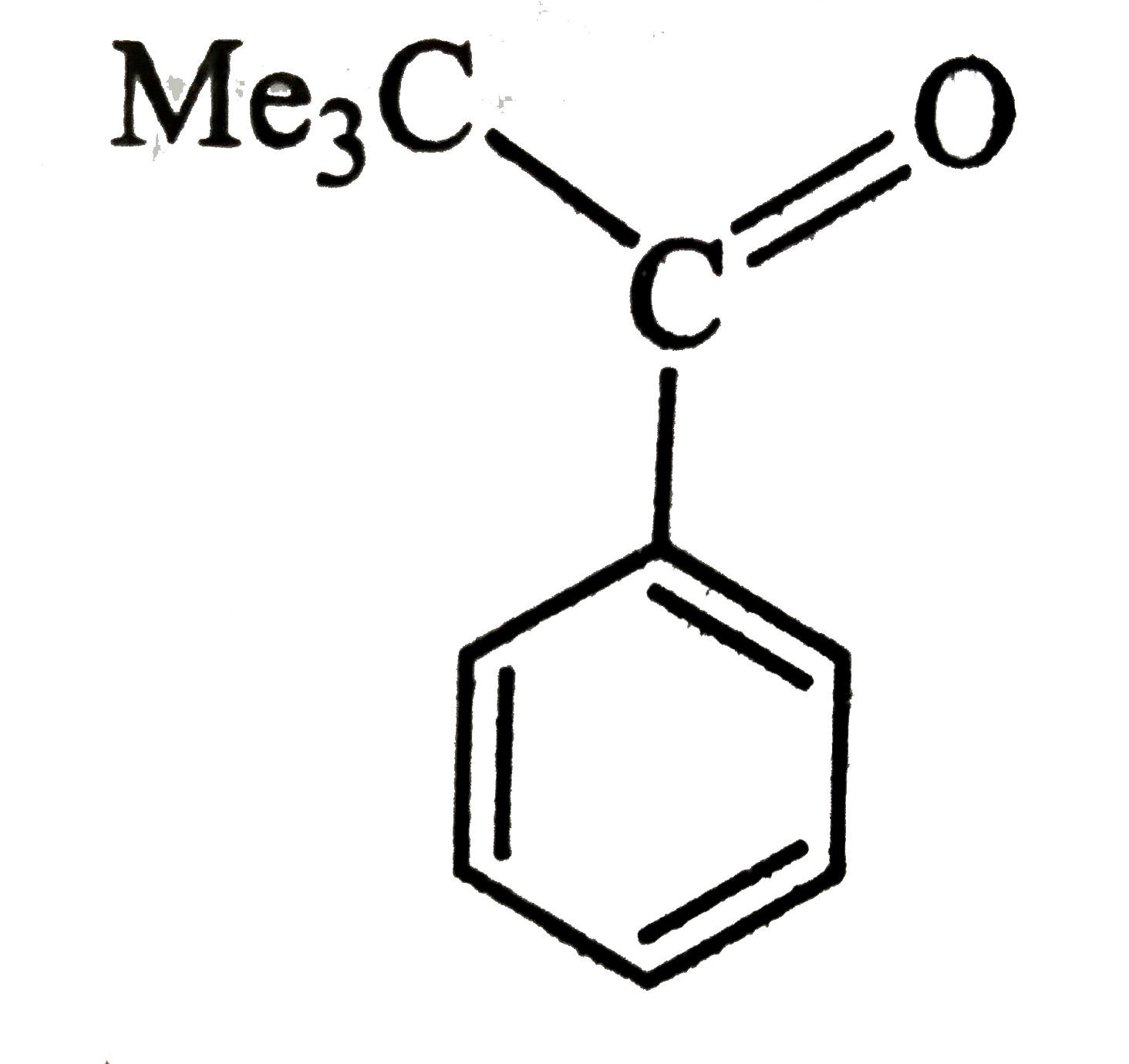
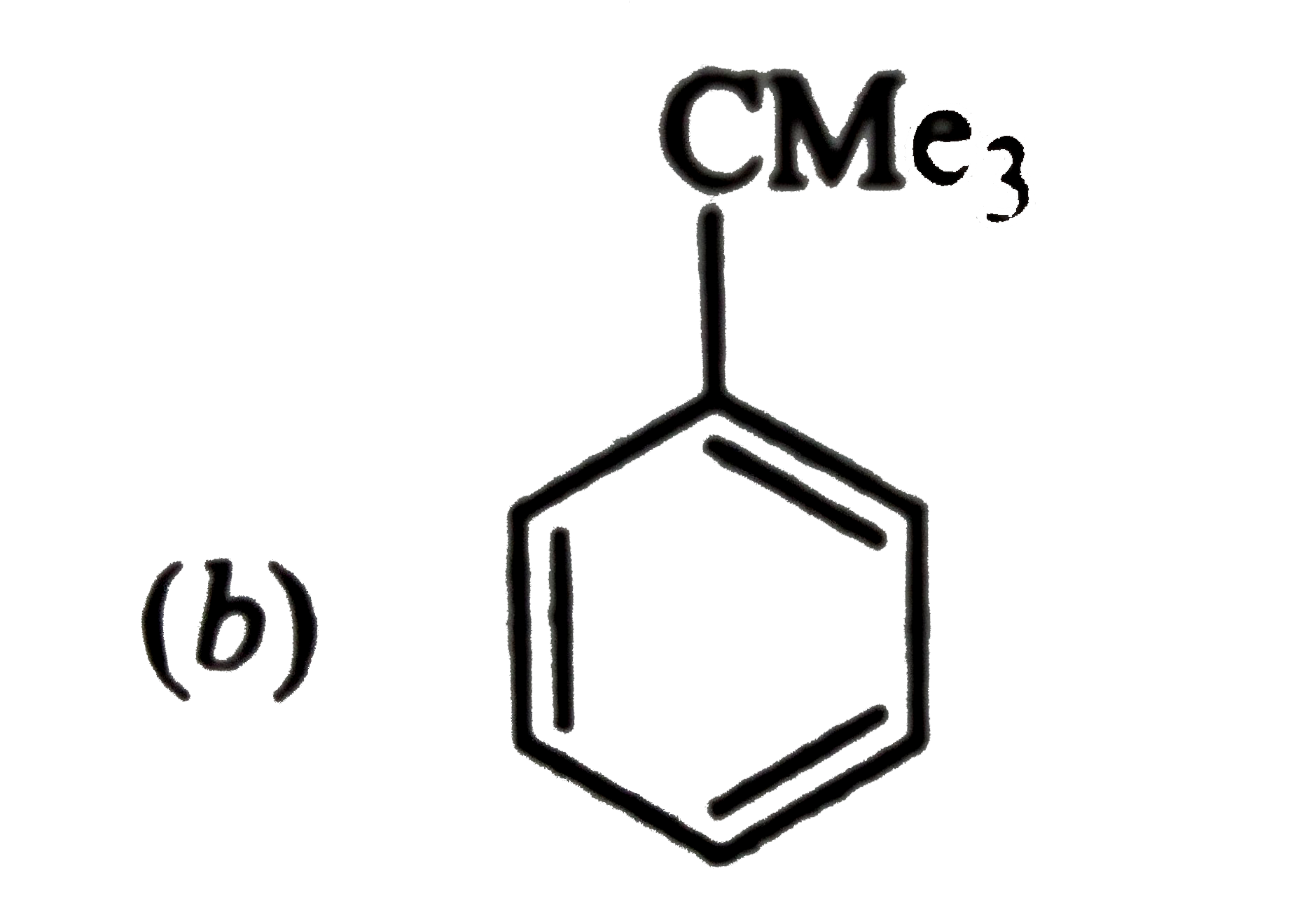
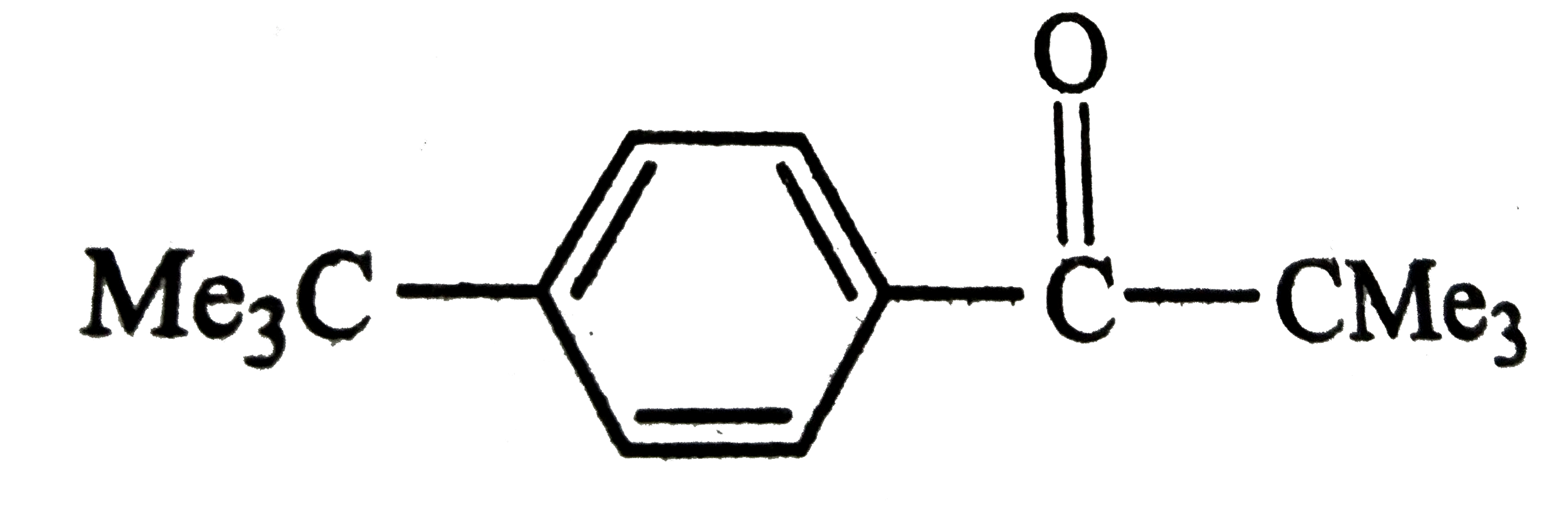
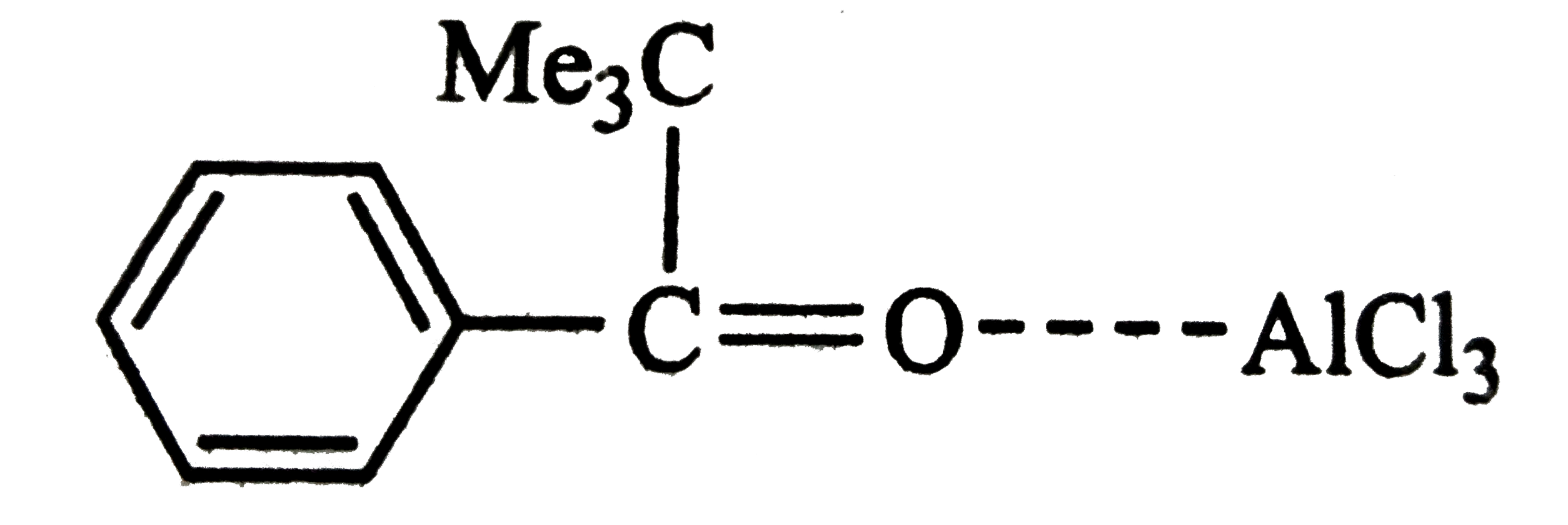
The correct Answer is:B
To solve the question regarding the reaction of benzene with Me3CCOCl in the presence of anhydrous AlCl3, we can follow these steps:
1. Identify the Reactants:
- We have benzene (C6H6) and Me3CCOCl (which is tert-butyl carbonyl chloride).
2. Understand the Role of Anhydrous AlCl3:
- Anhydrous AlCl3 acts as a Lewis acid and facilitates the formation of an electrophile from Me3CCOCl.
3. Formation of the Electrophile:
- When Me3CCOCl reacts with AlCl3, it forms a complex that generates a tert-butyl cation (Me3C+) and a chloride ion (Cl-). The carbonyl group (C=O) remains attached to the AlCl4- complex.
4. Electrophilic Aromatic Substitution:
- The generated tert-butyl cation (Me3C+) is a strong electrophile. It will react with benzene through electrophilic aromatic substitution.
5. Formation of the Product:
- The benzene ring donates a pair of electrons to the tert-butyl cation, forming a sigma complex (arenium ion). After deprotonation, the product formed is tert-butylbenzene.
6. Final Product:
- The final product of the reaction is tert-butylbenzene (C6H5C(CH3)3).
Summary of the Reaction:
The reaction of benzene with Me3CCOCl in the presence of anhydrous AlCl3 yields tert-butylbenzene.
---
- We have benzene (C6H6) and Me3CCOCl (which is tert-butyl carbonyl chloride).
- Anhydrous AlCl3 acts as a Lewis acid and facilitates the formation of an electrophile from Me3CCOCl.
- When Me3CCOCl reacts with AlCl3, it forms a complex that generates a tert-butyl cation (Me3C+) and a chloride ion (Cl-). The carbonyl group (C=O) remains attached to the AlCl4- complex.
- The generated tert-butyl cation (Me3C+) is a strong electrophile. It will react with benzene through electrophilic aromatic substitution.
- The benzene ring donates a pair of electrons to the tert-butyl cation, forming a sigma complex (arenium ion). After deprotonation, the product formed is tert-butylbenzene.
- The final product of the reaction is tert-butylbenzene (C6H5C(CH3)3).
The reaction of benzene with Me3CCOCl in the presence of anhydrous AlCl3 yields tert-butylbenzene.
Topper's Solved these Questions
- ALDEHYDES, KETONES AND CARBOXYLIC ACIDS BOOK - PRADEEPCHAPTER - ALDEHYDES, KETONES AND CARBOXYLIC ACIDS EXERCISE - COMPETITION FOCUS JEE (MAIN AND ADVANCED)/MEDICAL ENTRANCE SPECIEAL (MULTIPLE CHOICE QUESTIONS-II WITH ONE OR MORE THAN ONE CORRECT ANSWER)
1 Videos
- ALDEHYDES, KETONES AND CARBOXYLIC ACIDS BOOK - PRADEEPCHAPTER - ALDEHYDES, KETONES AND CARBOXYLIC ACIDS EXERCISE - COMPETITION FOCUS JEE (MAIN AND ADVANCED)/MEDICAL ENTRANCE SPECIEAL (MULTIPLE CHOICE QUESTIONS-II WITH ONE CORRECT ANSWER)
12 Videos
- ALDEHYDES, KETONES AND CARBOXYLIC ACIDS BOOK - PRADEEPCHAPTER - ALDEHYDES, KETONES AND CARBOXYLIC ACIDS EXERCISE - VALUE BASED QUESTIONS WITH ANSWERS
3 Videos
- ALCOHOLS, PHENOLS AND ETHERSBOOK - PRADEEPCHAPTER - ALCOHOLS, PHENOLS AND ETHERSEXERCISE - IMPORTANT QUESTIONS FOR BOARD EXAMINATIONS.
29 Videos
- APPENDIXBOOK - PRADEEPCHAPTER - APPENDIXEXERCISE - MODEL TEST PAPER <br> (Section C )
15 Videos
Similar Questions
Name the electrophile produced in the reaction of benzene with benzoyl chloride in the presence of anhydrous AlCl3. Name the reaction also.
View SolutionName the electrophile produced in the reaction of benzene with benzoyl chloride in the presence of anhydrous AlCl3. Name the reaction also.
View Solution
Knowledge Check
Reaction of benzene with Me3CCOCl in the presence of anhydrous AlCl3 gives
A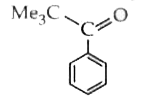 B
B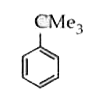 C
C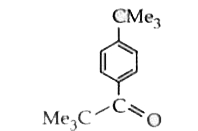 D
D
Reaction of benzene with Me3COCl in the presence of anhydrous AlCl3 gives
A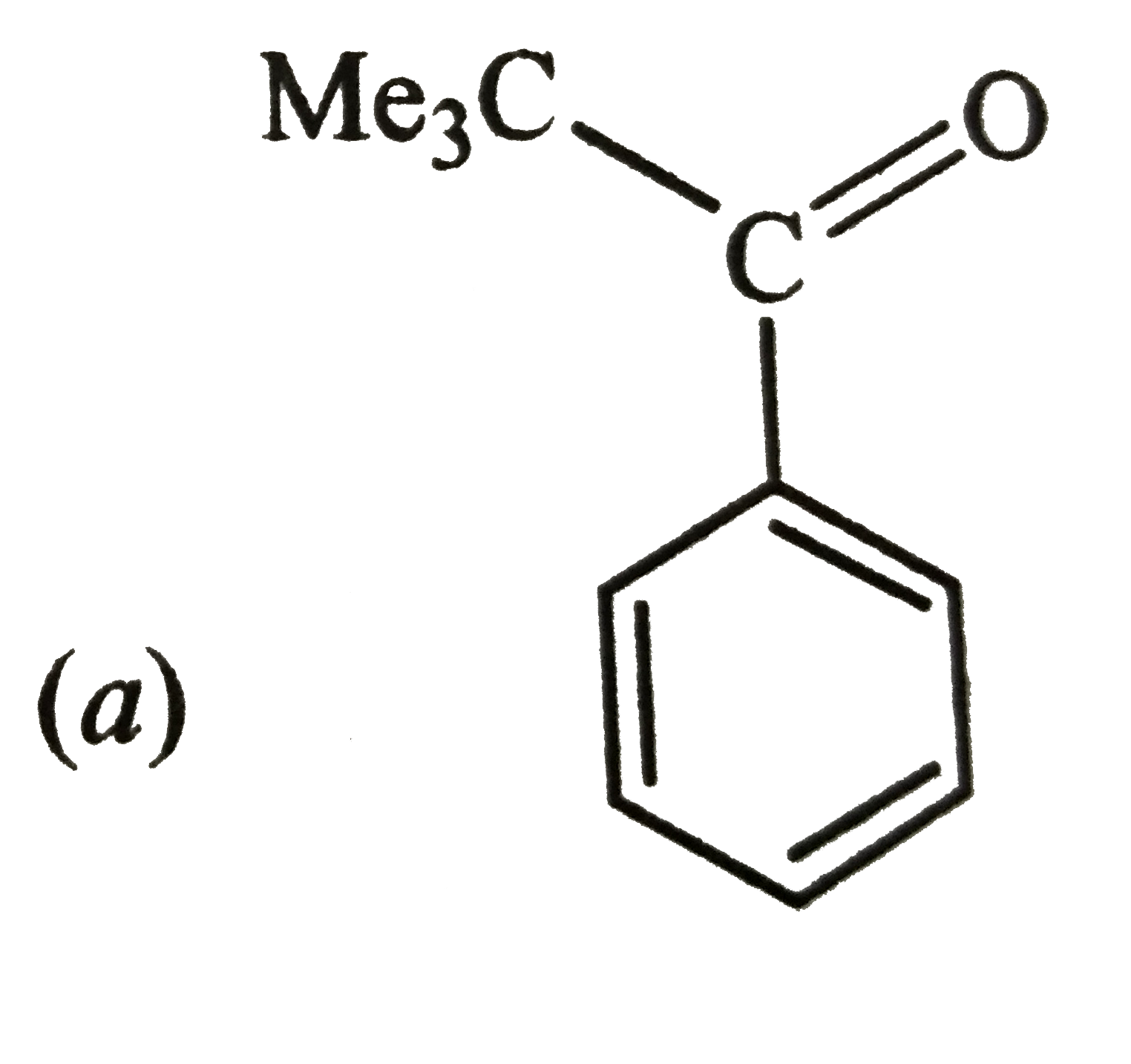 B
B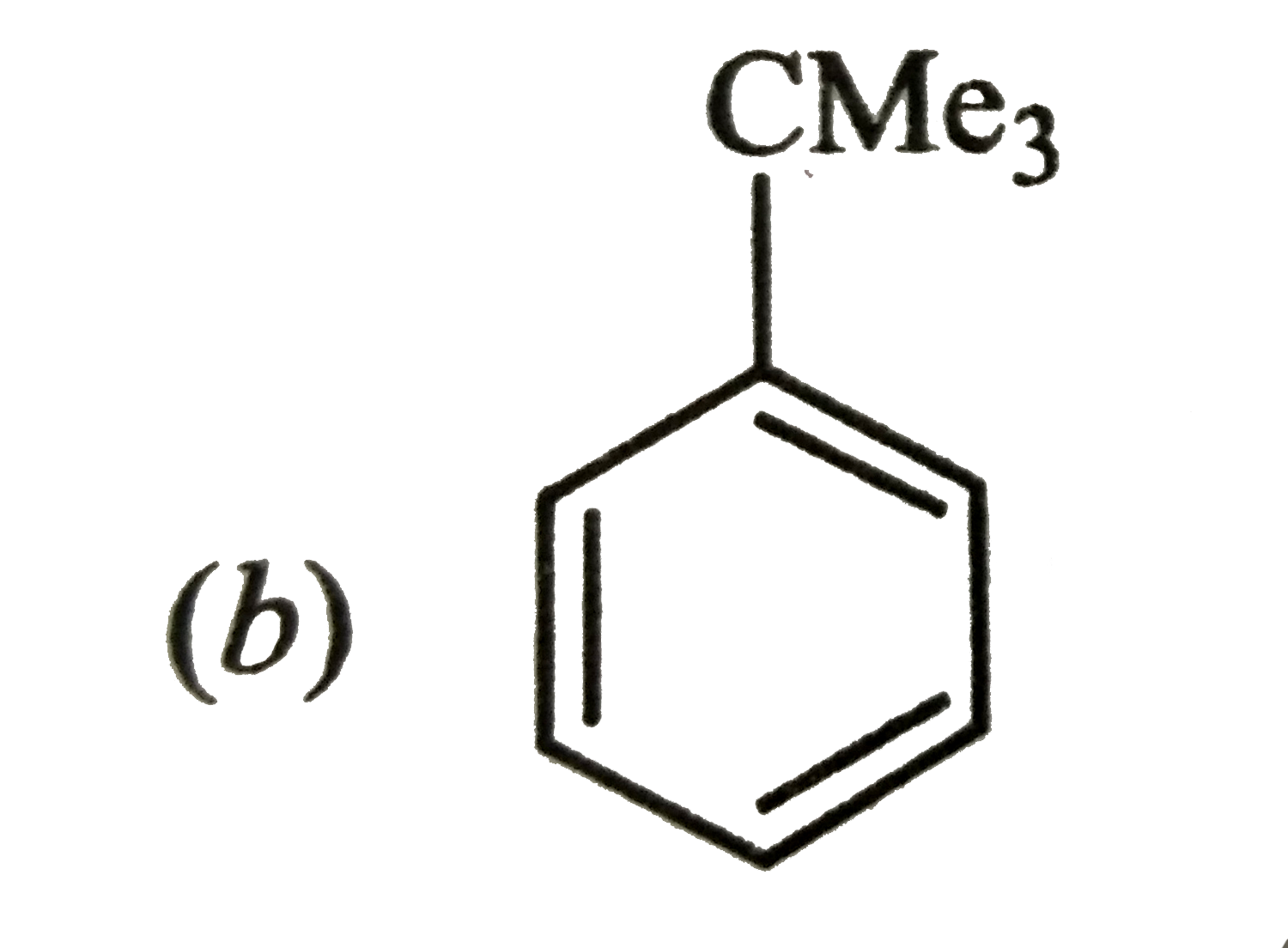 C
C D
D
Reaction of benzene with Me3COCl in the presence of anhydrous AlCl3 gives
A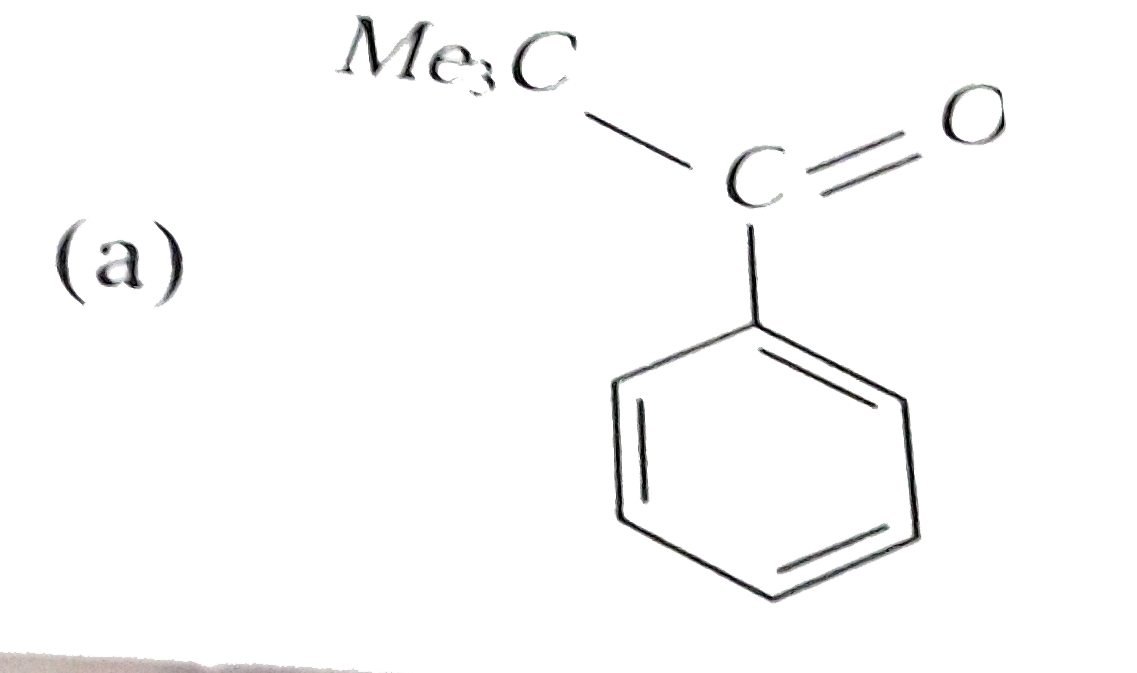 B
B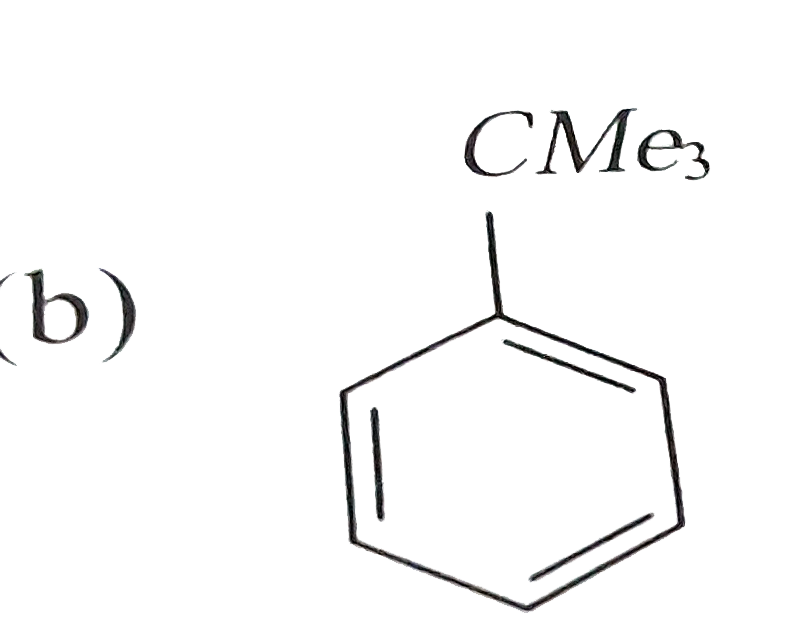 C
C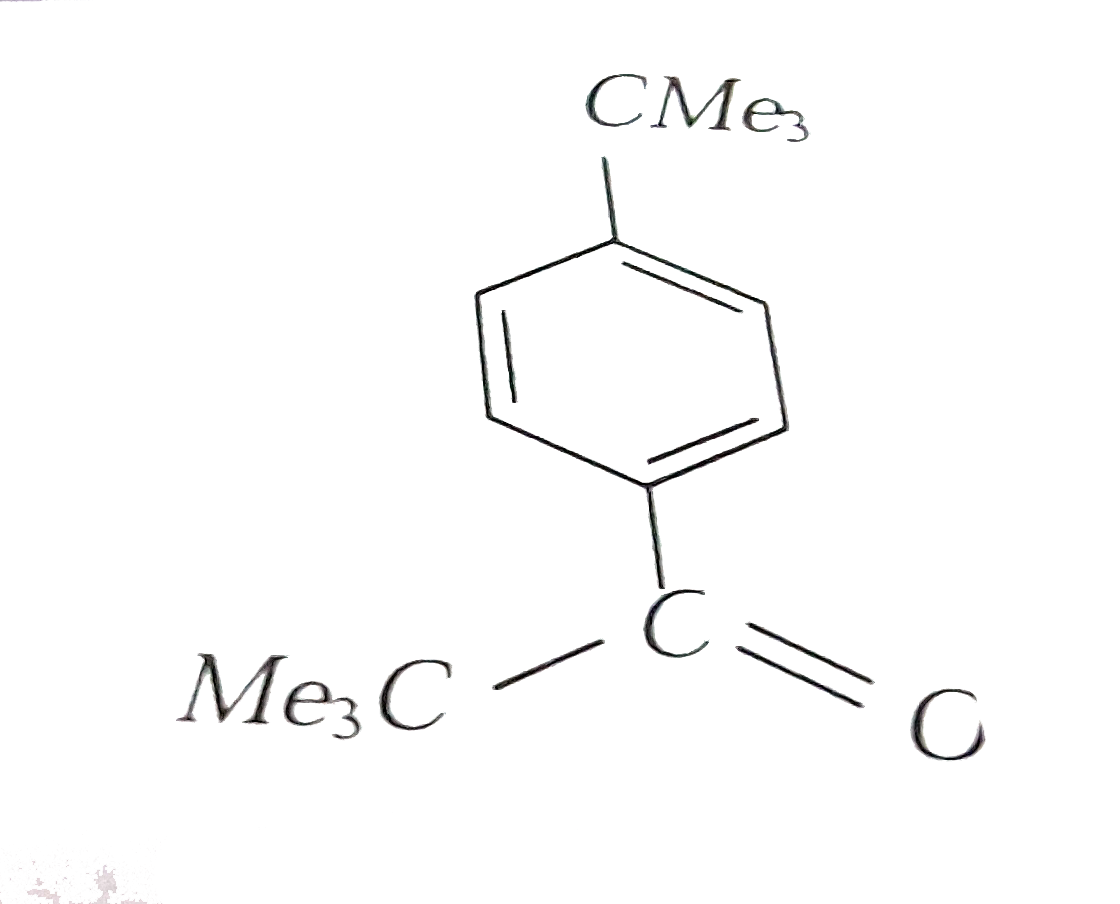 D
D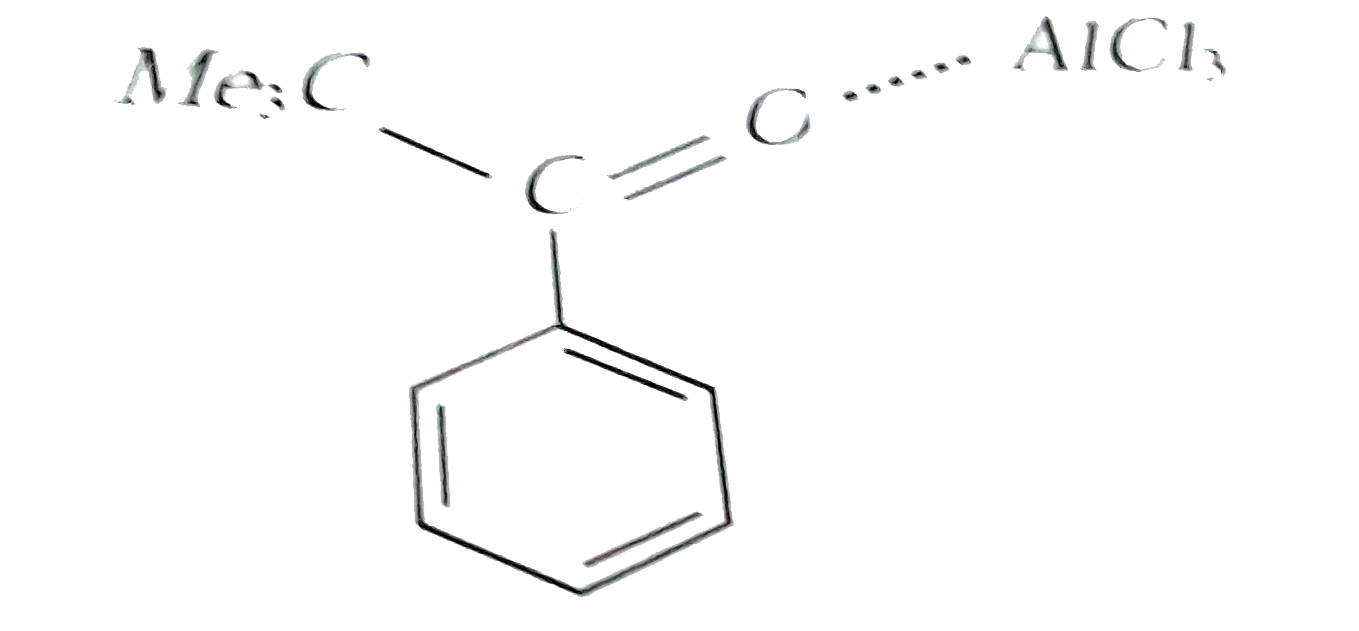
Which one of the following is an intermediate in the reaction of benzene with CH3Cl in the presence of anhydrous AlCl3 ?
View SolutionBenzene reacts with CH3COCl in the presence of anhydrous AlCl3 to give
View SolutionBenzene reacts with CH3COCl in the presence of anhydrous AlCl3 to give
View SolutionBenzene reacts with CH3COCl in the presence of anhy AlCl3 to give
View SolutionWhich of the following structures corresponds to the product expected from the reaction of benzene (excess) with CH2Cl2 in the presence of anhydrous AlCl3?
View Solution
